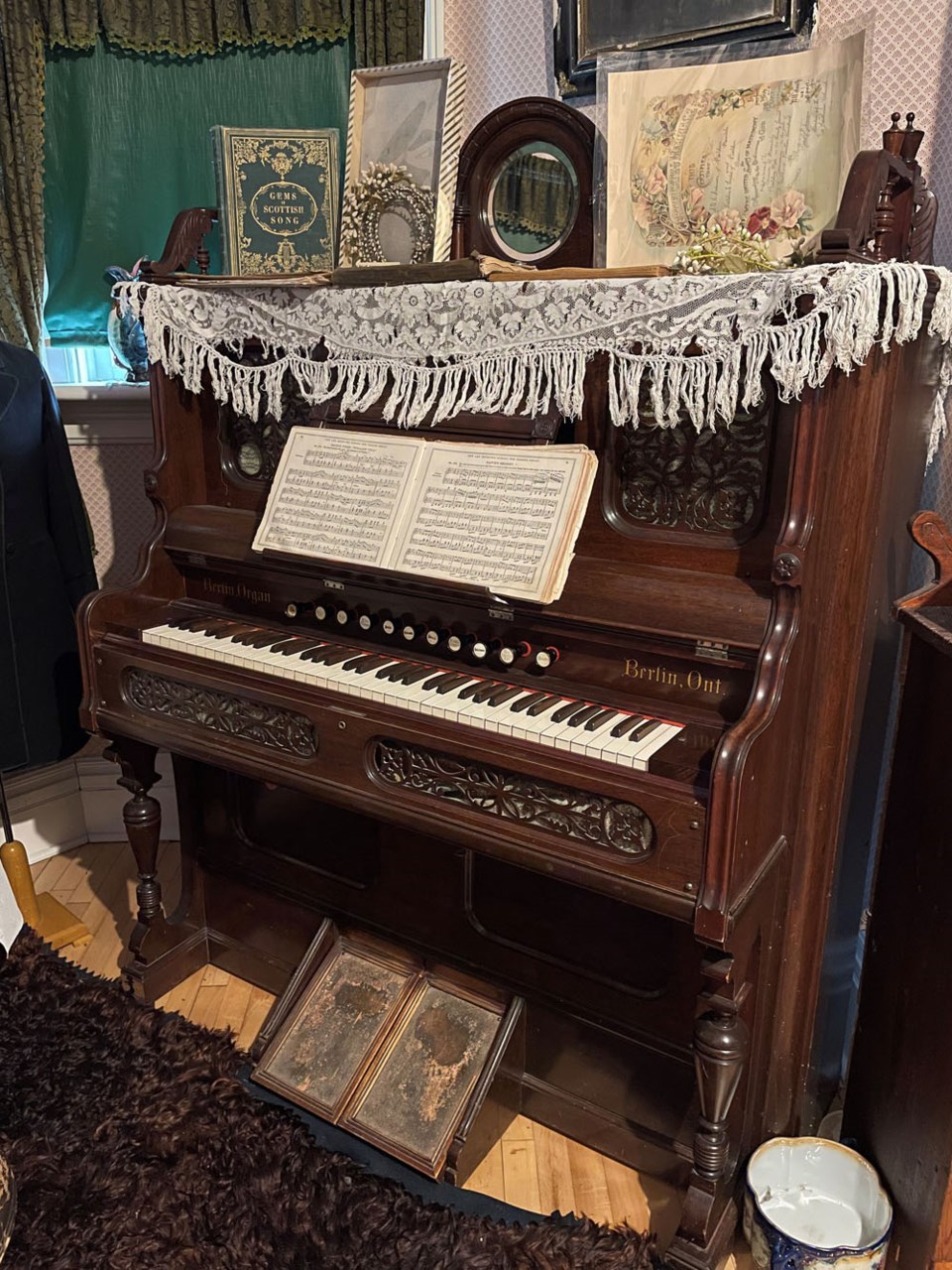If someone were to ask you what you use to listen to music, how would you respond? Responses may vary depending on the person, some may say they use an app on their phone, some may say the radio, or maybe they still listen to music on a Walkman. No matter what device they are listening to music with, they all have a way to enjoy music anytime they want. In the Victorian Era, listening to music was an activity that was enjoyed in a public setting with other people around. Music enjoyers would have to wait for a special event before they could listen to music, or if they were talented with an instrument (preferably the piano), music was made for the musically talented to enjoy in the comforts of their homes.
Music in the Victorian era was found mainly in music halls. Music Halls are a type of British theatrical entertainment that included a blend of well-known melodies, comedy, specialty acts and a variety of other types of entertainment. Music Halls gained popularity in the early Victorian era and continued until the early 1900s. They were derived from saloons, coffee houses and taverns. Since music was typically found in music halls and or in taverns, where the consumer of music would have to leave their home, the popularity of music did not take off as well compared to art or literature. The originator of the English music hall was Charles Morton who built the Morton’s Canterbury Hall in London. Morton developed a strong musical program there that presented classic songs as well as popular songs. As the Victorian Era went on, music could also be played in the house and it was better known as parlour music.
Parlour music was made for amateur artists to allow them to play music freely in their home. In the later Victorian era, many families took great delight in making music together and performing together. Parlour music increased in importance and meant that a family had good taste and moral reputability. Common themes included romantic and maternal love, odes, tributes to historical figures and leaders of the day and patriotic songs. Parlour organs became popular in Victorian homes. The organs later changes in appearance to fit within Victorian aesthetics and to allow more people to purchase them.
The Virden Pioneer Home Museum is now open for tours by appointment only. To view our musical collection or any thing else that we have, call us at 1 (204)748–1659 to book your appointment, or email us at [email protected]We look forward to seeing your smiling faces soon!




